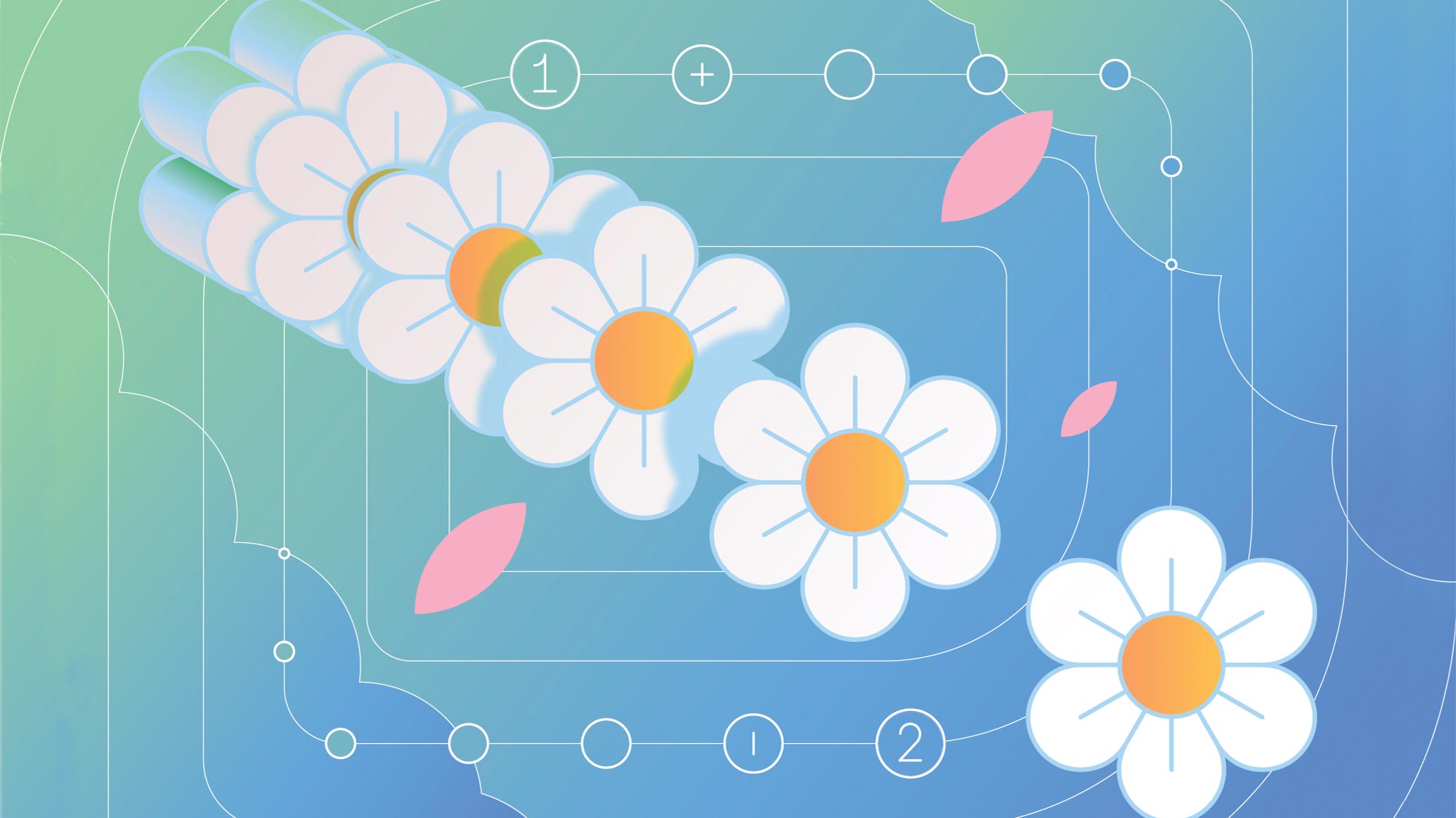One island of stability in the sea of conversation about the future of work is the conviction that our jobs will become increasingly creative. The World Economic Forum, McKinsey, and nearly every major think tank seem aligned around this hypothesis, offering heaps of data to support it. The trend is not just about the delegation of rote tasks to automation; it’s also about the accelerating pace of change and the increasing complexity of business, which demand original responses to novel challenges far more frequently than ever before.
Cultivating the Four Kinds of Creativity

In the decades to come, creativity will be key to doing most jobs well. In this article the authors offer a new typology that breaks creative thinking into four types: integration, or showing that two things that appear different are the same; splitting, or seeing how things that look the same are more usefully divided into parts; figure-ground reversal, or realizing that what is crucial is not in the foreground but in the background; and distal thinking, which involves imagining things that are very different from the here and now. Most of us tend to think in just one of those four ways. But we can hone our ability to be creative in other dimensions. Managers need to understand both their own strengths and how to balance the types of thinking across their teams to successfully execute creative projects. And organizations can use this typology to optimize innovation across the workforce.